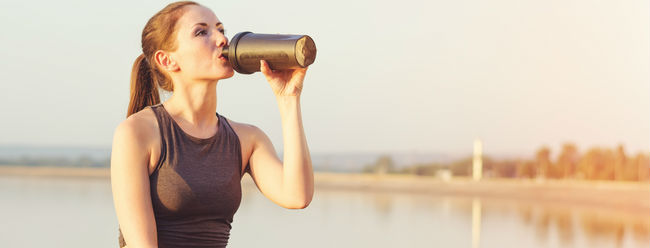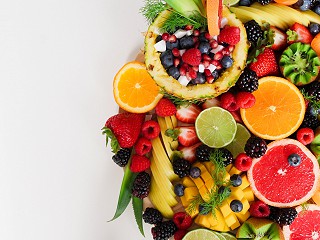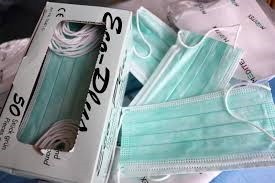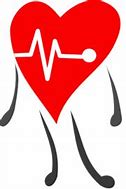
Summer Hydration
Summer activities often break a sweat. This holds true for gardening, hiking, sports or even just relaxing in the backyard. That lost water needs to be replaced and importance of staying hydrated is never far from our minds. However, the unfortunate deaths of athletes in recent years, particularly marathon runners, reminds us there can be too much of a good thing – even water.
Physical activity, sweating, high outdoor temperatures and humidity all increase the amount of water we need to consume. If we don’t replace what we lose we may become dehydrated. Symptoms of dehydration include increased thirst, fatigue, dizziness, rapid heart rate and, in the most severe instances, seizures and coma. To avoid dehydration it’s easy to think that the more water or sports drinks we consume the better. After all, what feels better than a cool drink after physical activity on a hot day? Unfortunately, the sports drink industry has influenced the recommendations related to water consumption, which has led to some confusion. Drinking too much water presents a serious health issue because the sodium in your body becomes so diluted that the cells cannot function properly. This is called hyponatremia or water intoxication. While sports drinks contain some salt, there is not enough to stop hyponatremia from occurring if you are overhydrated. Early signs of overhydration are confusion and nausea. Severe cases can eventually cause a seizure and coma. Overhydrated athletes who pass out on a hot day are sometimes mistakenly treated for dehydration.
It is clear there is a danger from too much and too little when it comes to water consumption. So how do we stay safe? The answer is by following thirst. Your body has a sophisticated system of sensors that work with your brain, hormones and kidneys to monitor fluid and salt levels. In fact, scientists recently discovered neurons in your brain that use information from your body and your mouth to predict your fluid needs. These neurons are the reason you can quench thirst very quickly even though the fluid you drink takes time to reach your bloodstream. Updated recommendations for athletes from an international council, the 2015 Exercise-Associated Hyponatremia Consensus, were, in part, a response to the overhydration deaths of two 17-year old high school football players in 2014. To prevent the dangers of both dehydration and overhydration and to help each individual meet his/her unique water needs the council recommends drinking to thirst.
SOURCES
Rosner, Mitchell H. MD. Preventing Deaths Due to Exercise-Associated Hyponatremia: The 2015 Consensus Guidelines. Clinical Journal of Sport Medicine: July 2015 – Volume 25 – Issue 4 – p 301–302 doi: 10.1097/JSM.0000000000000223
Zimmerman CA, Lin Y-C, Leib DE, et al. Thirst neurons anticipate the homeostatic consequences of eating and drinking. Nature. 2016;537(7622):680-684. doi:10.1038/nature18950.



